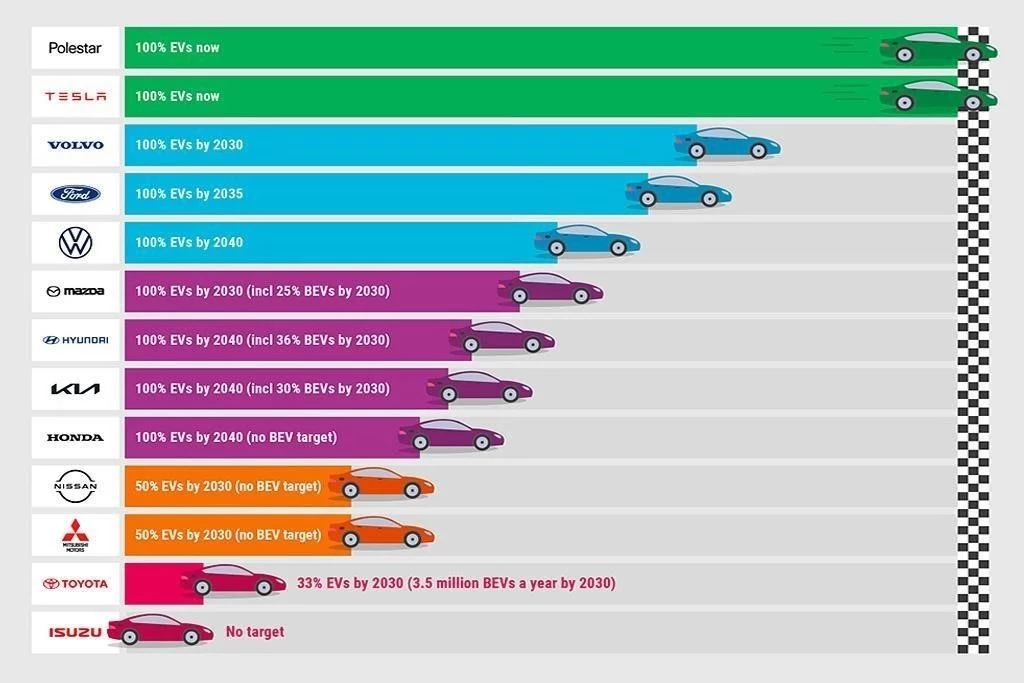The United States Navy is actively pursuing Starlink integration.
The strategic impetus for the United States Navy’s adoption of Starlink stems from a confluence of factors, primarily the need for resilient and ubiquitous communication capabilities in increasingly contested operational environments. Traditional satellite communication systems, while reliable, are often vulnerable to jamming and interception, thereby compromising naval operational effectiveness. Starlink, with its low-earth orbit constellation, presents a more distributed and therefore more resilient architecture. This enhanced resilience is paramount for maintaining command and control, facilitating intelligence gathering, and enabling seamless coordination among naval assets dispersed across vast geographical areas. The inherent flexibility and scalability of Starlink also align with the Navy’s evolving operational demands, allowing for rapid deployment and adaptation to diverse mission profiles. Furthermore, the potential to leverage Starlink’s high-bandwidth capabilities offers significant advantages in terms of data transmission, supporting advanced sensor technologies and real-time information sharing which is critical for maintaining maritime superiority. Therefore, the strategic rationale is deeply rooted in the need to secure a technological advantage and maintain operational effectiveness in the face of evolving threats.
Technological and Operational Implications
Starlink integration presents profound technological shifts for the Navy.
Enhancements in Communication and Data Transmission
The integration of Starlink into naval operations yields substantial enhancements in communication and data transmission capabilities. Specifically, Starlink’s low-earth orbit constellation provides significantly reduced latency compared to traditional geostationary satellites, enabling near real-time communication crucial for time-sensitive operations. This reduction in latency facilitates improved command and control, allowing for more responsive and coordinated actions across naval forces. Furthermore, the high bandwidth capacity of the Starlink network enables the seamless transmission of large data sets, supporting the deployment of advanced sensor technologies and the exchange of high-resolution imagery and video feeds. This capability is particularly beneficial for intelligence gathering, surveillance, and reconnaissance missions, providing naval commanders with a more comprehensive and timely understanding of the operational environment. The enhanced data transmission capacity also supports the implementation of sophisticated data analytics and artificial intelligence algorithms, further augmenting the Navy’s decision-making processes. These improvements collectively contribute to a more agile and effective naval force, capable of operating with greater situational awareness and responsiveness across a diverse range of operational scenarios. The technological advancements offered by Starlink thus represent a paradigm shift in naval communication and data handling.
Potential Challenges and Future Considerations
The integration of Starlink into the U.S. Navy, while promising, is not without its potential challenges and considerations for future development. One primary concern revolves around the susceptibility of Starlink’s low-earth orbit satellites to adversarial actions, including jamming and kinetic attacks, necessitating the implementation of robust countermeasures to ensure system resilience. Furthermore, the sheer number of satellites in the constellation, while providing broad coverage, presents challenges for network management and maintenance, requiring sophisticated tracking and control systems. The dynamic nature of the Starlink network, with satellites constantly moving, also introduces complexities for maintaining consistent connectivity, particularly in high-latitude regions. Another critical aspect to consider is the integration of Starlink with existing naval communication infrastructure, necessitating seamless interoperability to avoid disruptions to established operational protocols. The Navy must also contend with the potential for increased reliance on commercial providers, raising concerns about dependence and supply chain vulnerabilities. Future research and development will need to focus on mitigation strategies for these challenges, ensuring Starlink’s reliable and secure integration into naval operations. Moreover, the exploration of advanced encryption techniques and satellite hardening will be crucial for maintaining operational security and effectiveness.



